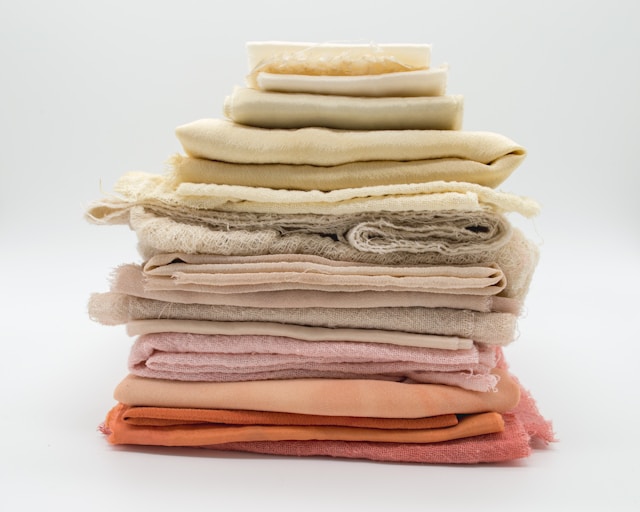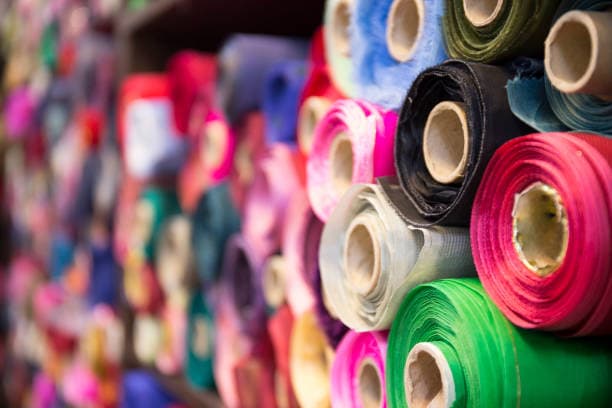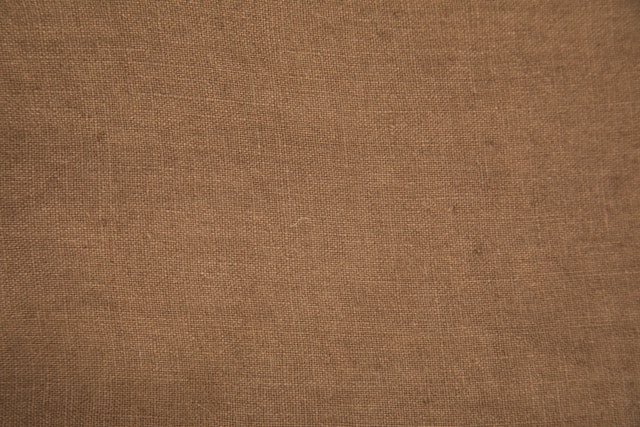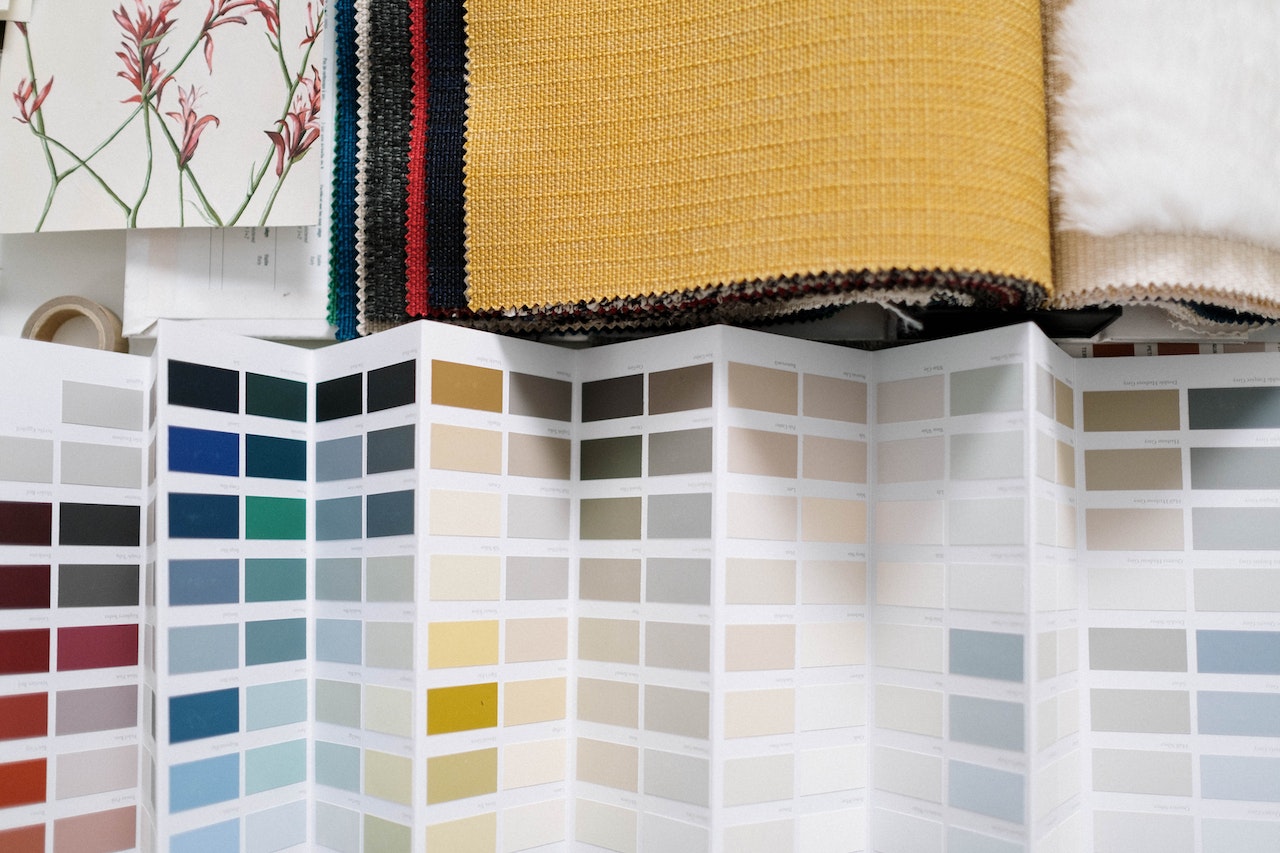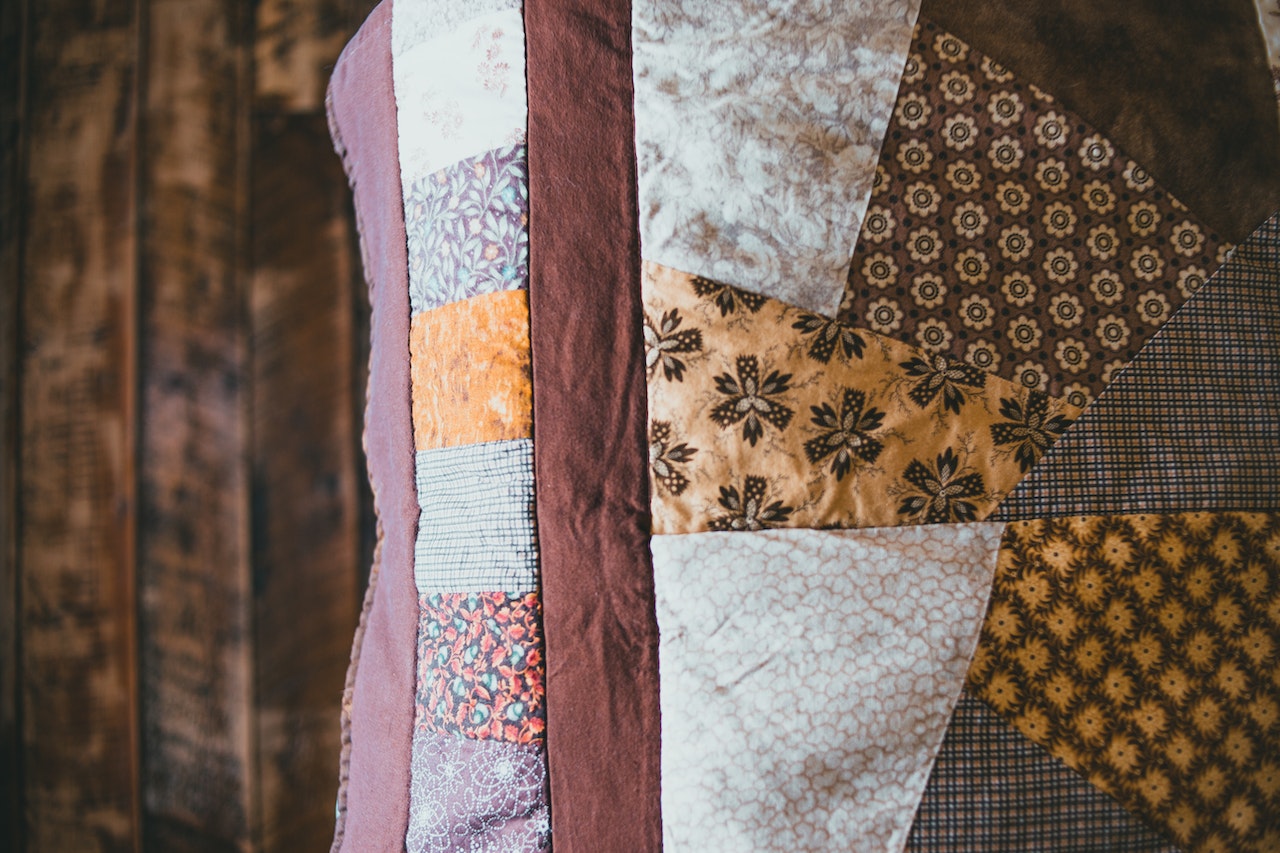The true-up process is a key step in corporate finance. It refers to the adjustment […]
In the Spotlight
We Read, We Get Inspired, We Create
5 Common Fabric Mistakes in Home Décor and How to Avoid Them
- Kim
- 05/16/2025
When designing a room, most people think about colour first — paint shades, furniture tones, […]
Casino-Inspired Fabrics: Adding Glamour and Elegance to Your Home
- Kim
- 05/16/2025
The glitz of casino interiors has always attracted attention — the bold textures, rich tones, […]
Fabrics: The Unsung Heroes of Home Interior Renovations
- Sendy Rich
- 04/27/2023
When you decide to get a licensed renovation for your home, your mind might instantly […]
Patchwork: A Timeless Art Form Reviving Home Interiors
- Sendy Rich
- 04/27/2023
Patchwork, a centuries-old art form, has experienced a resurgence in recent years as homeowners and […]
Answering machine versus voice mail
- Sendy Rich
- 03/03/2023
According to a research conducted by a trade group, NEARLY 70 PERCENT of houses […]
Engine Operating Temperature and Why Is It Rising
- Sendy Rich
- 09/25/2022
For a motor to work flawlessly, it needs to be able to reach its optimal […]
Functions of the Muffler in a Car
- Sendy Rich
- 09/25/2022
The exhaust system in a car is extremely important because it provides the basic comfort […]
Installing Tonneau Covers on a Jeep. The Pros and Cons
- Sendy Rich
- 07/19/2021
The need to cover the cargo transported in the back is obvious. Rain, snow, thieving […]
6 Simple Steps to Saving for a New Car
- Sendy Rich
- 07/19/2021
For many people today, buying a car is their number one dream, which is why […]

